- No products in the cart.
Passazhiks tab Gesves. 10 mg 30 pcs Obolensky
$5.98
Passazhiks tab Gesves. 10 mg 30 pcs Obolensky
SKU: 1391036056 Categories: Digestive tract, Medicaments, Motility stimulants Tags: domperidone, Obolensky
Description
Composition
Active substance:
Domperidone – 0.01 g
Excipients:
potato starch, milk sugar, aerosil, Kollidon 30, calcium stearate, sodium dodecyl sulfate, hydroxypropylcellulose “Klutsel” Tween-80. titanium dioxide.
Description:
Tablets, coated with white or white or yellowish kremovatym Armillaria color, round, biconvex shape. In the cross-sectional two layers are visible.
Product form:
Chewable tablets 10 mg.
10 tablets in blisters of PVC film and aluminum foil printed patent.
3 the contour cellular packaging together with instructions for use placed in a pile of cardboard.
Contraindications
– giperchuvstvitelpost to domperidone or any other component of the formulation;
– lactose intolerance, lactase deficiency, malabsorption glyukozogalaktoznaya;
– prolactinoma;
– simultaneous use of oral forms of ketoconazole, erythromycin or other drugs that increase the interval QT. except apomorphine (w /. Forums “special instructions”, “Interaction with other medicinal agent-E”) or potent inhibitors of isoenzyme CYP3A4. such as fluconazole, vorikona- angry, clarithromycin. amiodarone, telithromycin, etc..
– expressed electrolyte disturbances or heart disease, such as chronic heart failure;
– bleeding from the gastrointestinal tract, mechanical intestinal obstruction, perforation of the stomach or intestines;
– liver failure secondary to severe:
– body weight less than 35 kg;
– Children under 12 years of age with a body weight less than 35 kg;
– pregnancy;
– the period of breast-feeding;
Carefully
Renal / hepatic failure, lactation and pregnancy.
Dosage
10 mg
Indications
For ease nausea and vomiting
Interaction with other drugs
With simultaneous use of anticholinergic drugs can neutralize the effect of domperidone. While the use of domperidone antacids reduce its bioavailability. Based on in vitro studies suggest that while the use of drugs domperidone significantly inhibiting the isozyme CYP3A4 (azole antifungal drug group, macrolide antibiotics, inhibitors of HIV protease, an antidepressant nefazodone) may increase domperidone observed plasma concentration. The drug has no effect on the concentration of paracetamol and digoxin in the blood. It is possible that domperidone may affect the absorption of applied simultaneously into sustained-release preparations of active substance or enteric-coated.
Overdose
Symptoms: Symptoms of overdose may be drowsiness, disorientation and extrapyramidal reactions, especially in children.
Treatment: in case of overdose recommend the use of activated carbon and closely monitored. Anticholinergic drugs, drugs used to treat Parkinsonism, or antihistamines may not be effective in extrapyramidal reactions.
pharmachologic effect
Pharmacological group:
antiemetic – central dopamine receptor blocker
Pharmacodynamics:
Doperidon – dopamine antagonist that has antiemetic properties. Domperidone does not penetrate the blood-brain barrier. Use of domperidone rarely accompanied by extrapyramidal side effects especially in adults, but domperidone stimulates prolactin release from the pituitary. Its antiemetic effect may be due to a combination of peripheral (gastrokinetic) action and antagonism of dopamine receptors in the chemoreceptor trigger zone, which is outside the blood-brain barrier. Studies in animals and low concentrations of drug detected in the brain, indicate predominantly of domperidone peripheral action on dopamine receptors. Applications inside domperidone increases the duration of antral and duo-denalnyh cuts, accelerates gastric emptying and increases the pressure of the lower esophageal sphincter. Domperidone has no effect on gastric secretion.
Pharmacokinetics:
After taking the drug inside domperidone is rapidly absorbed. It has low bioavailability (around 15%). Reduced gastric acidity reduces absorption of domperidone. Maximum plasma concentration is achieved after 1 hour.
Domperidone is widely distributed in various tissues, brain tissues, its concentration is low. Communication plasma protein is 91-93%.
Subjected to intensive metabolism in the intestinal wall and liver.
Is output through the intestines (66%) and kidneys (33%) and unchanged output, respectively, 10% and 1% of the dose. The half-life is 7-9 hours, it elongates in advanced renal failure.
Pregnancy and breast-feeding
We do not recommend the use of Passazhiks drug during pregnancy (due to lack of data).
In women, domperidone concentrations in breast milk are 4 times lower than the corresponding plasma concentration. It is not known whether this level has a negative effect on the newborn. If necessary, use during lactation should stop breastfeeding.
Conditions of supply of pharmacies
Without recipe
side effects
From the digestive system: transient intestinal cramps.
On the part of the central nervous system (CNS): extrapyramidal effects observed in children and increased permeability of the BBB. These effects are completely reversible and spontaneously disappear after cessation of treatment.
From endocrine system: Passazhiks can induce an increase in plasma prolactin concentration, because the pituitary is outside the blood-brain barrier. In rare cases this hyperprolactinaemia may stimulate the emergence of galactorrhea, gynecomastia and dysmenorrhea.
Allergic reactions: rash, urticaria.
special instructions
When combined with the use of the drug Passazhiks antacid or antisecretory (M-cholinolytics, histamine-H2 blockers, proton pump inhibitors), drugs should be taken after the last meal, and not before eating, i.e., should not be taken simultaneously with the preparation Passazhiks.
Application of liver diseases
Given domperidone metabolism in the liver should be used with caution in patients with drug Passazhiks hepatic insufficiency.
Application for kidney
In patients with severe renal impairment (serum creatinine> 6 mg / 100 ml, i.e.,> 0.6 mmol / L) T1 / 2 domperidone was increased from 7.4 to 20.8 hours, but the concentration of drug in plasma were below than in healthy volunteers. Since a very small percentage of the drug is excreted unchanged by the kidneys, it is unlikely a correction of a single dose in patients with renal insufficiency. However, with repeated dosing frequency assignment must not exceed 1-2 times throughout the day depending on severity of disease, it may also be necessary to reduce the dose. When long-term therapy patients should be regularly monitored.
The effect on the ability to control the vehicle, or other mechanical means
Domperidone does not affect the ability to drive and busy with other potentially hazardous activities that require high concentration and psychomotor speed reactions.
Storage conditions
In a dry, dark place at a temperature no higher than 25 degrees. Keep out of the reach of children.
Dosing and Administration
Inside. It is recommended to take the tablets domperidone 15-30 minutes before a meal. in the case of taking the medication after a meal can slow down the absorption of domperidone.
Adults and children over 12 years weighing 35 kg or more
1 tablet (10 mg) 3 times a day with a maximum daily dose of 3 tablets (30 mg).
Children up to 12 years and weighing 35 kg or more
1 tablet (10 mg) 3 times a day with a maximum daily dose of 3 tablets (30 mg).
Continuous Reception domperidone without consulting a doctor should not exceed the duration of 7 days. If necessary, your doctor may prolong the course of treatment.
Use in patients with renal insufficiency
Since the half-life of domperidone with severe renal failure (creatinine level at serum> 6 mg / 100 ml, i.e.,> 0.6 mmol / L) increased the frequency of dosing to be reduced to 1 or 2 times a day, depending on the severity failure. It is necessary to carry out regular examinations of patients with severe renal insufficiency (SI section “Pharmacological properties”).
Use in patients with hepatic insufficiency
Use of domperidone is contraindicated in patients with hepatic failure secondary to severe (see. The section “Contra ‘). In patients with mild hepatic impairment, dose adjustment is not required (see. Section “Pharmacological properties”).
Information
Appearance may differ from that depicted in the picture. There are contraindications. You need to read the manual or consult with a specialist
Additional information
| Weight | 0.100 kg |
|---|---|
| Manufacturer | Obolensky |


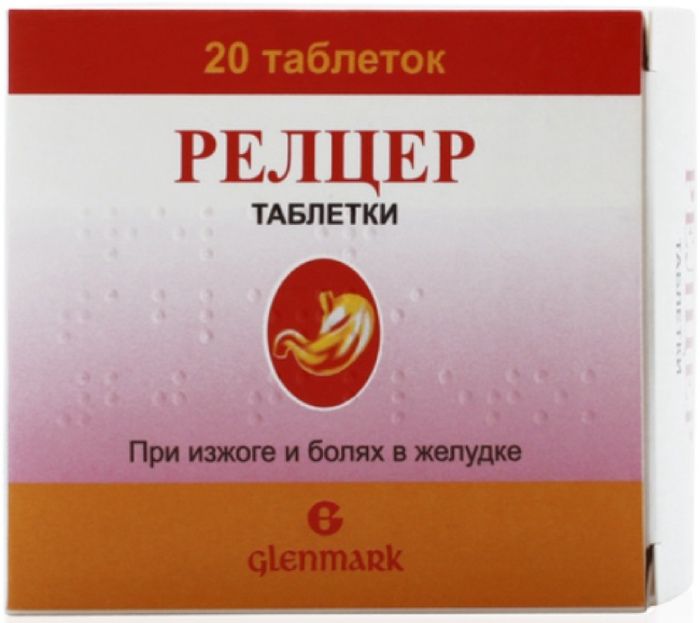
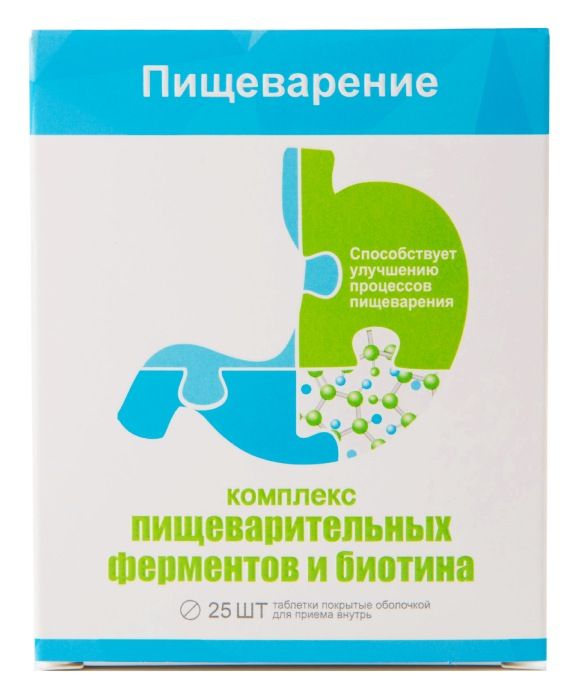
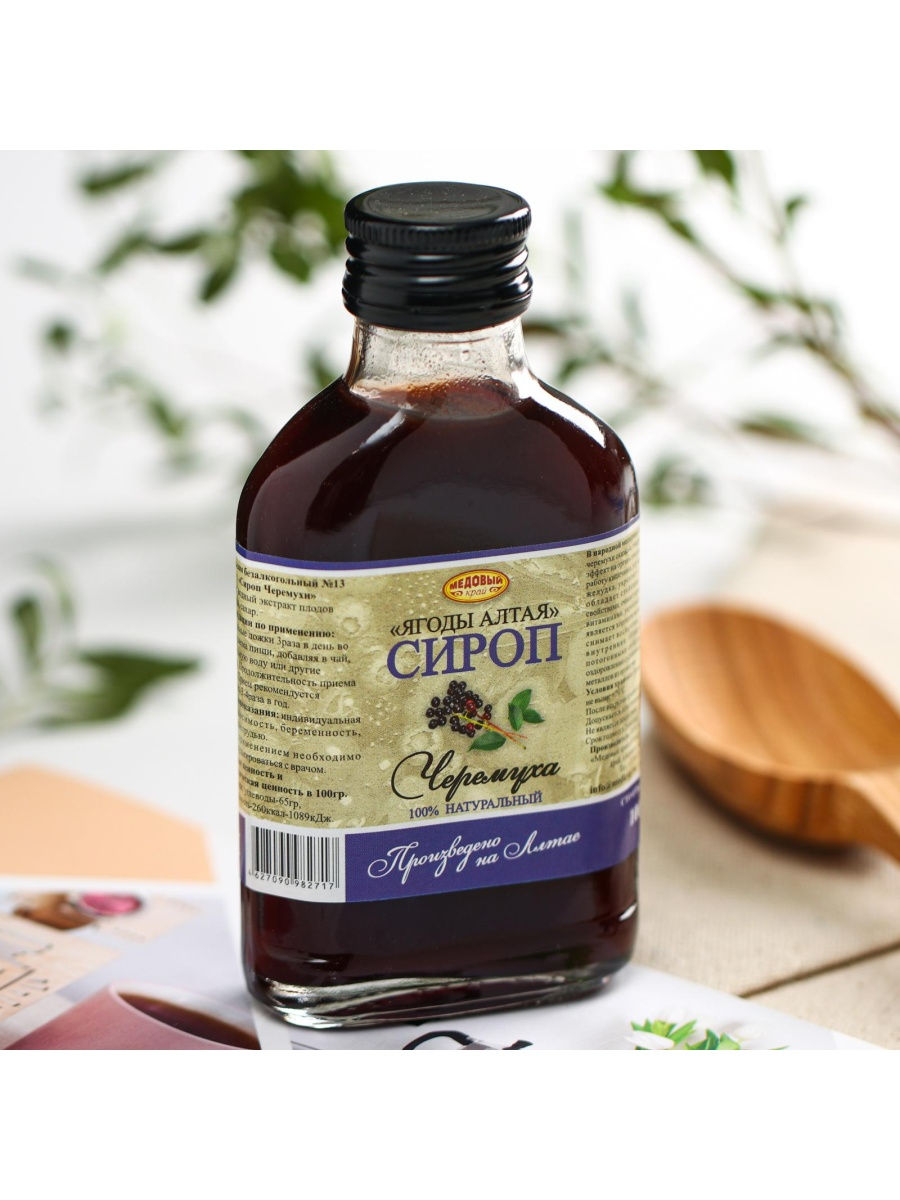
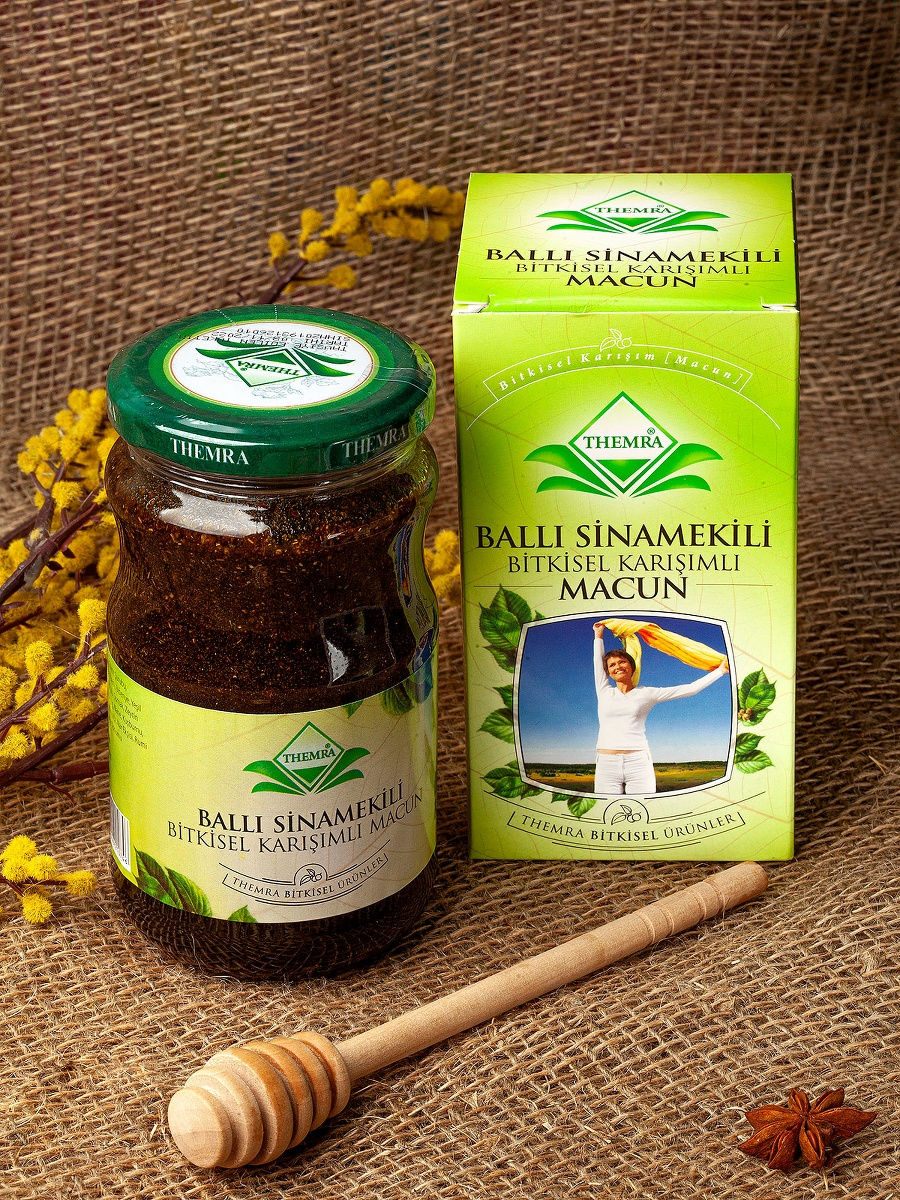
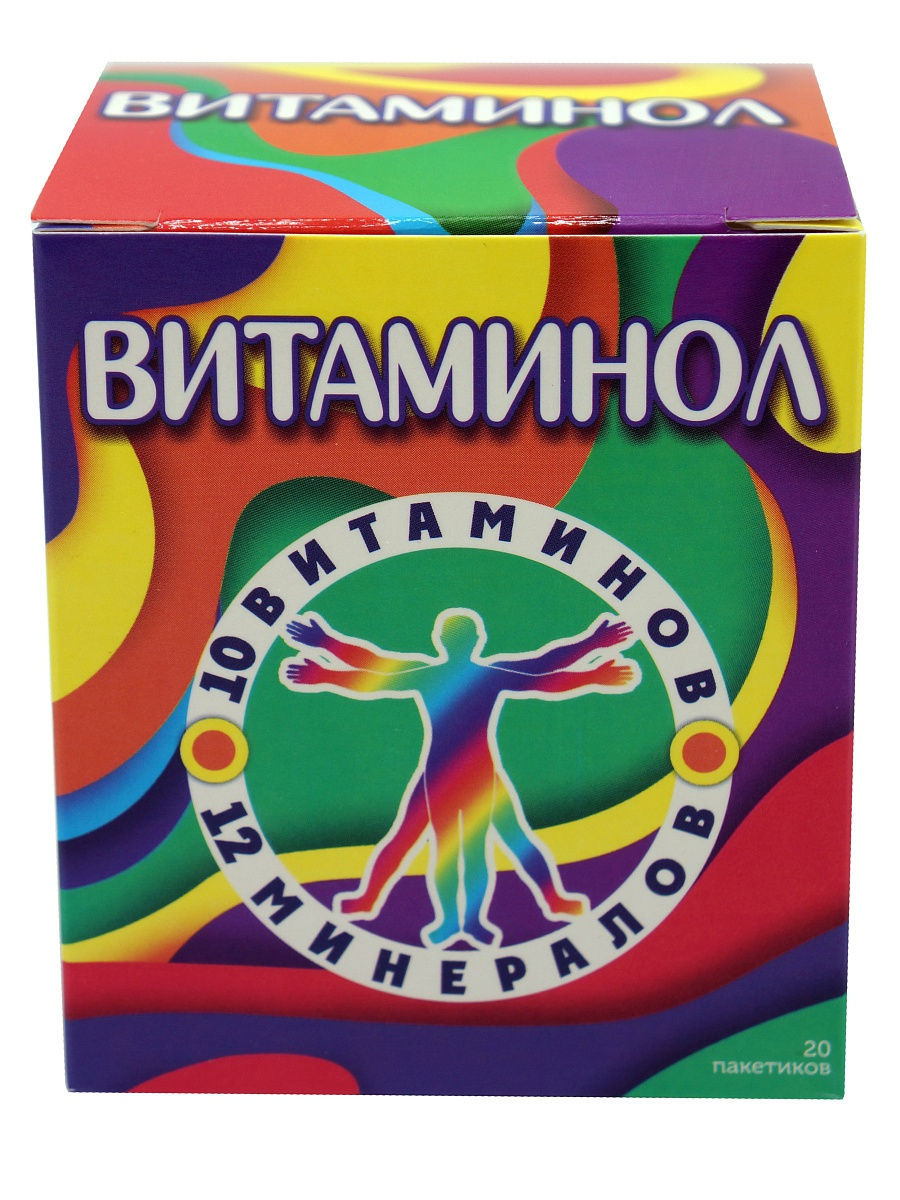
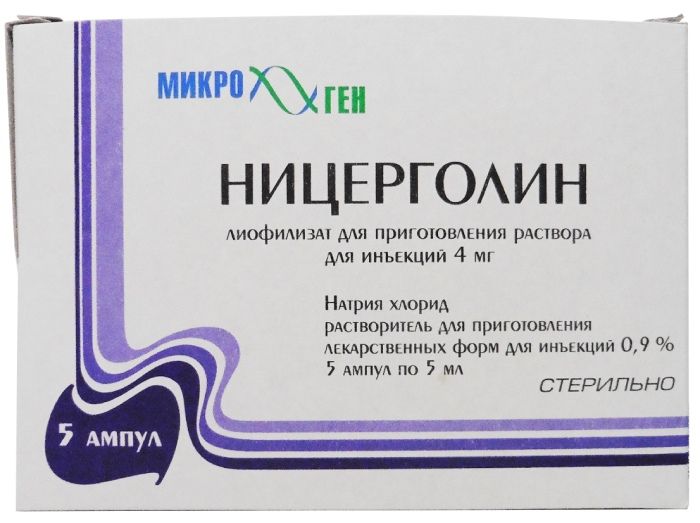
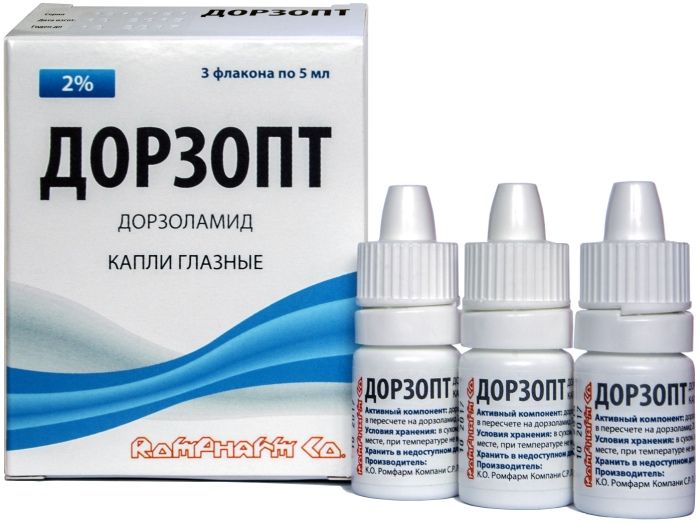
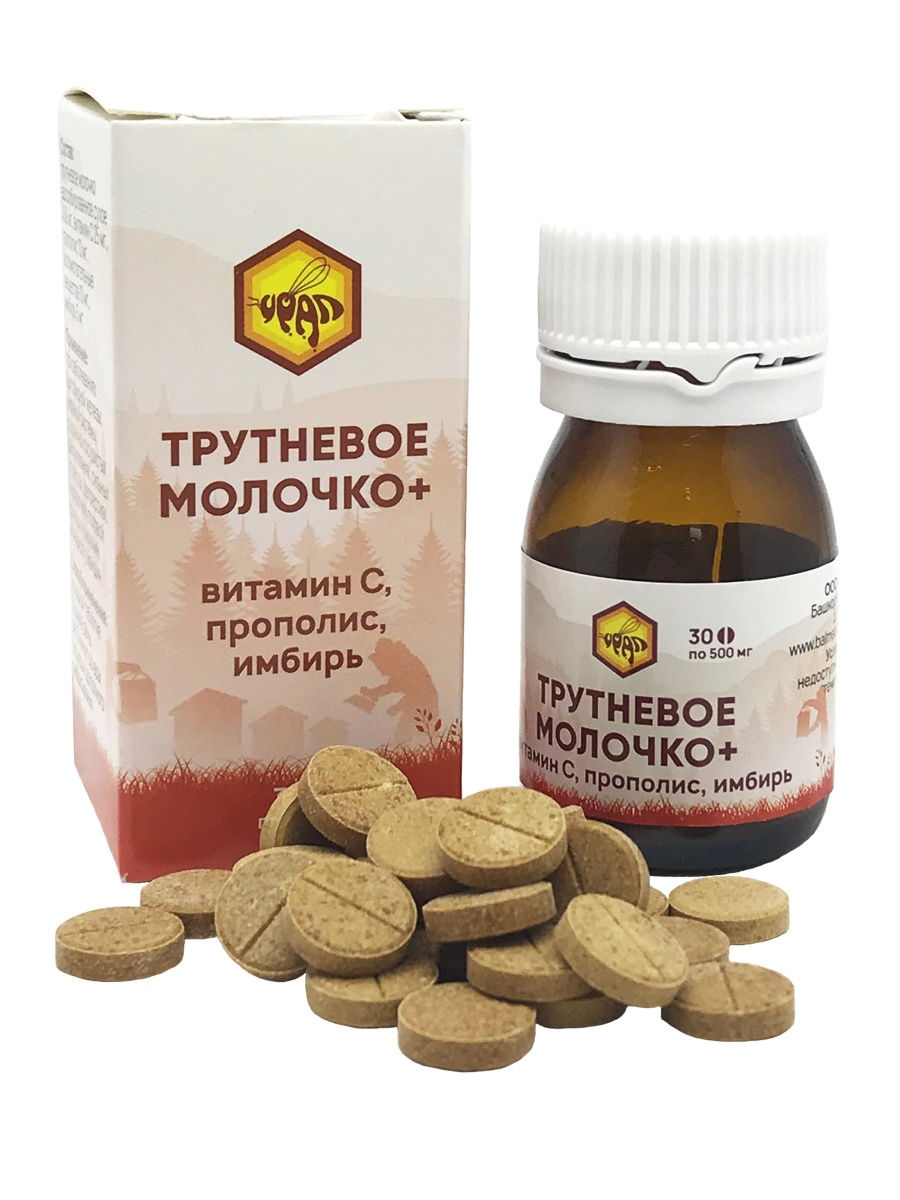




There are no reviews yet.